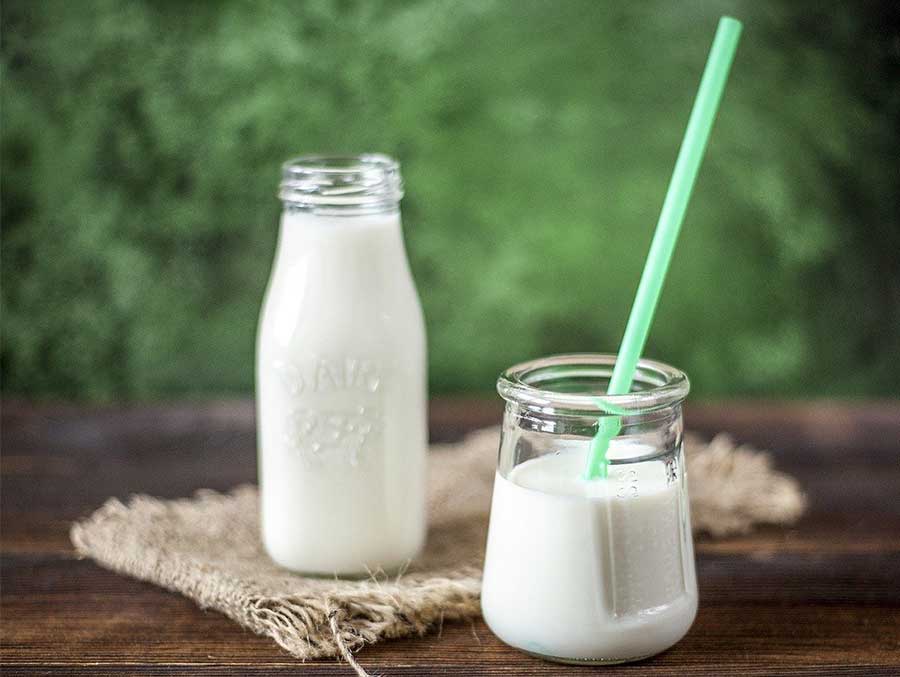There are many different types of milk alternatives available now. These include nut milks (such as almond and cashew milk); plant milks (for example, soy, oatmeal and rice milks) and milk from fruit (such as coconut milk). The growing number of these milk alternatives reflects consumers’ demand for these products. But, many of these beverages are not the best drink to offer your kids as a substitute for milk since they lack important nutrients needed for your child’s growth.
What’s the difference between cow’s milk and milk alternatives? Most milk alternatives, with the exception of fortified soy milk, are missing important nutrients such as high-quality protein and vitamin D found in cow’s milk. These nutrients are important for your child’s growth and development. Most milk alternatives are not considered part of the dairy group because their overall nutritional profile differs from cow’s milk. Because of these reasons, milk alternatives should not be the primary drink given to young children. The American Academy of Pediatrics also cautions alternative milks for children and recommends parents check the labels of milk alternatives since nutritional profiles may differ by brand. When choosing an alternative milk, look for at least 8 grams of protein/serving, 300 milligrams of calcium, 100 IU of vitamin D, less than 2.5 grams of fat, and no added sugar. For more information on how to read an ingredients list, visit the Rethink Your Drink Nevada website.
What if my child is lactose intolerant or allergic to milk? If your child is lactose intolerant, there are many other foods made from dairy that are contain little if any lactose, such as yogurt and certain hard cheeses such as parmesan or sharp cheddar. In addition, you can also purchase lactose-free milk. Your pharmacist may also have recommendations for products that make dairy easier to digest. If your child is allergic to milk protein, fortified soy milk may be a good alternative. Also, consider consulting a registered dietitian to make sure you child is getting the nutrients they need.
How much dairy does my child need? The most recent Dietary Guidelines for Americans recommend fat-free or low-fat dairy products for children ages two and older. Specifically, 2 cups per day for children ages 2 – 3 years-old, 2 ½ cups for children ages 4 - 9 years-old, and 3 cups for children ages 9 – 18 years-old. For more information on what counts as a cup of dairy, visit the MyPlate website.
For more information about dairy products and how they can help your kids stay healthy, visit the Rethink Your Drink Nevada website.
Chenin Treftz Nickel, Ph.D., R.D., is a nutrition research scientist with Rethink Your Drink, a program offered by College of Agriculture, Biotechnology & Natural Resources' Department of Nutrition in collaboration with Extension.
The program is funded by USDA’s Supplemental Nutrition Assistance Program — SNAP. SNAP provides nutrition assistance to people with low income. It can help you buy nutritious foods for a better diet. To find out more, contact 800-992-0900.













